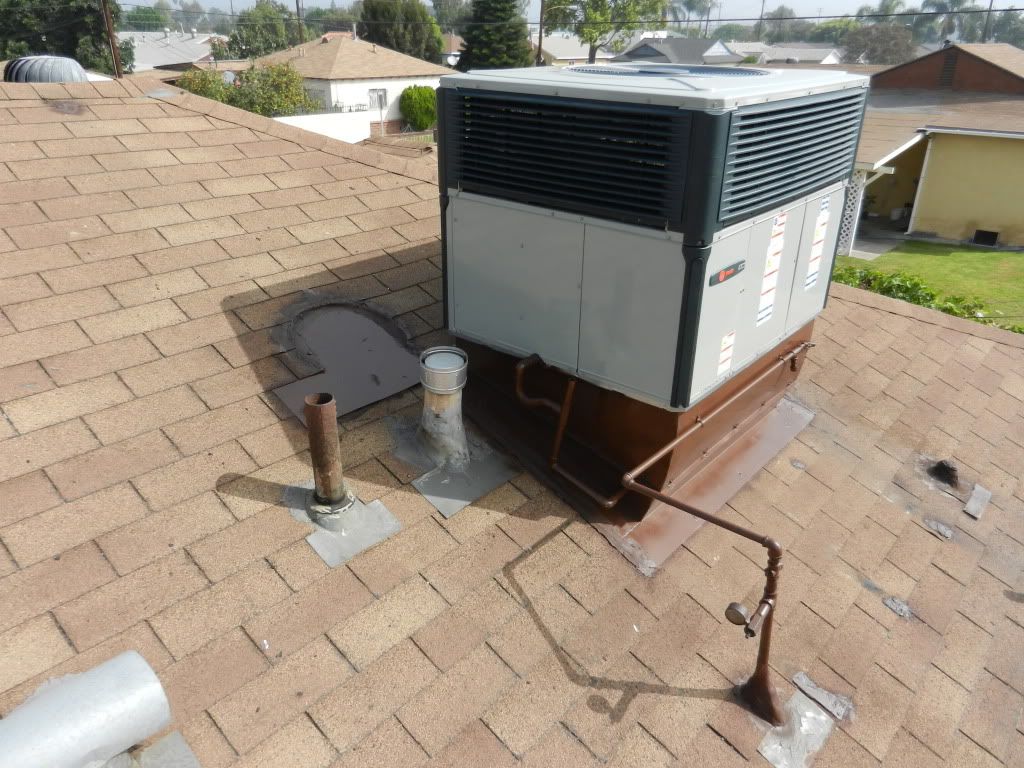Let this be a gage of your inspecting skills. There is a problem here that you have never seen before and probably never will again. You might need to zoom in.


Your premier resource for building code knowledge.
This forum remains free to the public thanks to the generous support of our Sawhorse Members and Corporate Sponsors. Their contributions help keep this community thriving and accessible.
Want enhanced access to expert discussions and exclusive features? Learn more about the benefits here.
Ready to upgrade? Log in and upgrade now.

I have to go with condensate trap.ICE said:Let this be a gage of your inspecting skills. There is a problem here that you have never seen before and probably never will again. You might need to zoom in.
Could be, but I think some manufacturers require it in the instructions. Of course, the open tee after the trap would really defeat any other purpose.imhotep said:I have to go with condensate trap.
Not on this side. The problem is not electrical and there is definitely more than one problem. This is a problem you have never seen before. Nobody here but me has ever seen this problem and none of us will ever see it again. I have already named the problem.chris kennedy said:We may have more than one here. Is the install 210.63 compliant?
Yes! There is no need to pressure test the existing gas pipe. That gauge has been there since the first unit was installed 15 years ago. It's corroded and you can't see the dial. Just off hand, I would say that it's not listed to be a permanent part of a gas system.hlfireinspector said:The Gauge????????????????????????
Ditto here. I looked at the picture and said to myself, 'who forgot to remove the pressure gauge?'Mule said:The gauge is the very first thing that jumped out at me. Too bad I didn't see this post earlier... I would have won the rubber sucker award!
